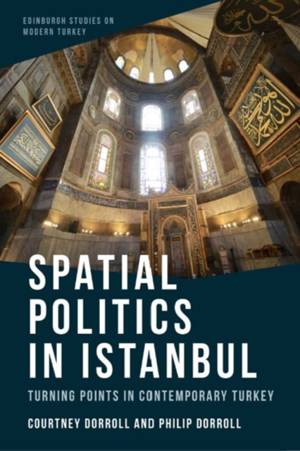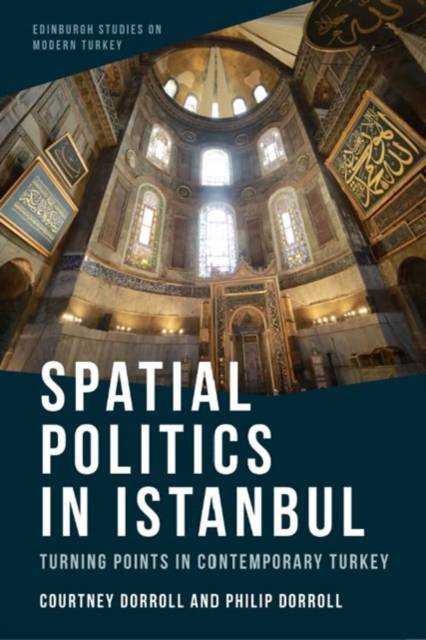
- Retrait gratuit dans votre magasin Club
- 7.000.000 titres dans notre catalogue
- Payer en toute sécurité
- Toujours un magasin près de chez vous
- Retrait gratuit dans votre magasin Club
- 7.000.0000 titres dans notre catalogue
- Payer en toute sécurité
- Toujours un magasin près de chez vous
Description
Over the past decade, the AKP, under the leadership of Recep Tayyip Erdoğan, has decisively turned Turkish politics in the direction of conservative Islamic national identity. A specific ideological framework undergirded the AKP's conception of the built environment, the plans it implemented to transform it and the forms of resistance that these plans generated. This framework is termed Erdoğanian Neo-Ottomanism and describes AKP's use of the power of the state to shape public surroundings in their social and ideological image. By utilising an interdisciplinary approach that incorporates religion, politics and space, Courtenay Dorroll and Philip Dorroll focus on the role of the Turkish state under the AKP in the restoration of traditional Islamic and Neo-Ottoman imagery and iconography.
This book explores the momentous shifts in power during this crucial decade in Turkish history through an analysis of four case studies. The 2010 designation of Istanbul as the European Capital of Culture, the 2013 Gezi Park protests, the Monument to the Martyrs of July 15 and associated memorial practices related to the 2016 coup attempt and the transition of Hagia Sophia from museum to mosque in 2020 - these are identified as the most prominent ways in which the AKP has restructured public spaces in Istanbul to reflect its values. The authors scrutinise this phenomenon and intentional transformation of the physical landscape through an accessible but interpretive method that uncovers issues crucial to understanding Turkey's most recent history.
Spécifications
Parties prenantes
- Auteur(s) :
- Editeur:
Contenu
- Nombre de pages :
- 256
- Langue:
- Anglais
- Collection :
Caractéristiques
- EAN:
- 9781399503389
- Date de parution :
- 01-08-25
- Format:
- Livre broché
- Format numérique:
- Trade paperback (VS)
- Dimensions :
- 156 mm x 234 mm

Les avis
Nous publions uniquement les avis qui respectent les conditions requises. Consultez nos conditions pour les avis.






